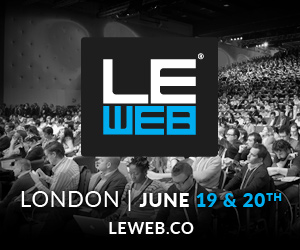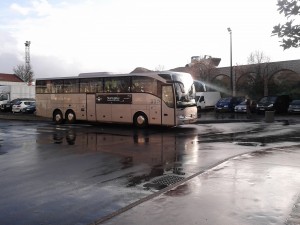 Over today I have seen a number of startup presentations and I have two startups come to me to pitch. Naturally, I love that. I love startups. However, there are times when you had better think your story over again. There are multiple questions that people will ask you over and over again. And if you are smart, you include them in your pitch.
Over today I have seen a number of startup presentations and I have two startups come to me to pitch. Naturally, I love that. I love startups. However, there are times when you had better think your story over again. There are multiple questions that people will ask you over and over again. And if you are smart, you include them in your pitch.
I know this has been written about hundreds of times. But there are so many things that you can improve on your pitch.
Tell everyone your unique selling point. If you are not original and you are not able to communicate that to me. I will not use you. And neither will others.
Be confident in your product. Half of your presentation is how you present your pitch to me. If you are confident, I will be more confident in your product.
Check who is doing the same thing. Really, if you have not found them, you probably have not been looking hard enough.
Be social. Two startups I talked to today said that social network integration was on their roadmap for the future. That tells me that I cannot share it with my friends, nor will that bring my friends into your app. Bad thing. This is not a point on your horizon. This is something to do NOW before your startup dies.
Get your business model right. If your business model is completely based on advertising, think again. If you believe that your users are not willing to pay for your product, that means it is not worth anything to them. Rethink it.
Be original. Both in presentation as well as the way in which you present it. If you are passionate about your product, how on earth can your presentation be boring?
Don’t overcomplicate things. Both in technology as well as in wording. Yes, I want to know what it does. But no, I do not want to know the scripting language of your engine explained to me in seven syllable words.
Be clear. Of course you have a unique new technology that will able to beat your competition. But by all means, tell me how. Just saying that it exists is not enough. If it is defines what will become the user experience or if it defines your future value, name it. In simple terms, but name it.
Don’t kill your own story. Wordings like “we are completely unique”, “nobody else does it this way” or even statements like “Google and Facebook have not discovered this kind of” or “we can do this better than Google and Facebook because they are too big” will kill your story. People will shake their heads or even laugh and discard you as a dreamer that cannot be taken seriously as you don’t know what you are talking about.
Practice your pitch. You need to be able to tell me in 30 seconds what you are doing and I need to be able to understand in the same time. If you cannot tell me in 30 seconds, there is a fair chance you don’t have it clear yourself. So, practice. And not just to your friends or your mirror, but find your local Ikea. Why? Go stand next to the elevator and ask people if you can explain your business to them and that you just want to hear from them whether they have understood it. Don’t sell anything to them. Just have them listen and tell you whether they understand it. Because if they can, you do.
Focus on your strong points. Even if you only have two, that might just be your unique and minimum viable product. Twitter only had 140 character sharing and Instagram did a slightly different cut out for mobile pictures that got hit by a filter. That is not much, but it was enough. And they went from there.
By all means, go. Have ideas. Turn them into quick concepts and build them. And as that is a passionate period for you, please keep that passion alive for your presentation.



 I am just coming out of an amazing week. It all started with the launch party for StartupBus Europe in Amsterdam. It was a great turnout and people were excited. Everyone was looking forward to a great trip, some big challenges and very little sleep. How right they were. Over three days of StartupBus we travelled 2700km from Amsterdam to an evening in Copenhagen, then to a lunch in Berlin, breakfast in Zurich and pitching over drinks in Paris. I will write much more about this in later posts. For now, I just want to thank
I am just coming out of an amazing week. It all started with the launch party for StartupBus Europe in Amsterdam. It was a great turnout and people were excited. Everyone was looking forward to a great trip, some big challenges and very little sleep. How right they were. Over three days of StartupBus we travelled 2700km from Amsterdam to an evening in Copenhagen, then to a lunch in Berlin, breakfast in Zurich and pitching over drinks in Paris. I will write much more about this in later posts. For now, I just want to thank 


 I love the future. I have loved it ever since I started reading. Technology is shaping our future fast. Back in 1985 I wrote my first computer program. Back in 1994 I launched my first website and I have been working with organizations on integrating new technology ever since.
I love the future. I have loved it ever since I started reading. Technology is shaping our future fast. Back in 1985 I wrote my first computer program. Back in 1994 I launched my first website and I have been working with organizations on integrating new technology ever since.








